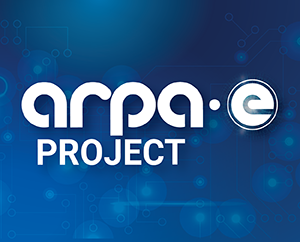Turning Bacteria into Fuel

Technology Description:
Arizona State University (ASU) is engineering a type of photosynthetic bacteria that efficiently produce fatty acids—a fuel precursor for biofuels. This type of bacteria, called Synechocystis, is already good at converting solar energy and carbon dioxide (CO2) into a type of fatty acid called lauric acid. ASU has modified the organism so it continuously converts sunlight and CO2 into fatty acids—overriding its natural tendency to use solar energy solely for cell growth and maximizing the solar-to-fuel conversion process. ASU's approach is different because most biofuels research focuses on increasing cellular biomass and not on excreting fatty acids. The project has also identified a unique way to convert the harvested lauric acid into a fuel that can be easily blended with existing transportation fuels.
Potential Impact:
If successful, ASU would develop a more efficient way to produce and incorporate biofuels into the existing transportation fuel infrastructure.
Security:
Increasing production of domestic biofuels could help the U.S. cut foreign oil imports by 33% in 15 years.
Environment:
The ASU project is creating a carbon-neutral system by recycling CO2 from fuel combustion back into a fuel. It also doesn't require the arable land or intensive farming practices associated with current biofuel crops.
Economy:
Widespread use of biofuels would help reduce and stabilize gas prices for consumers.
Contact
ARPA-E Program Director:
Dr. Jonathan Burbaum
Project Contact:
Prof. Wim Vermaas
Press and General Inquiries Email:
ARPA-E-Comms@hq.doe.gov
Project Contact Email:
wim@asu.edu
Partners
BioCee
Diversified Energy Corporation
North Carolina State University
Related Projects
Release Date:
10/26/2009
